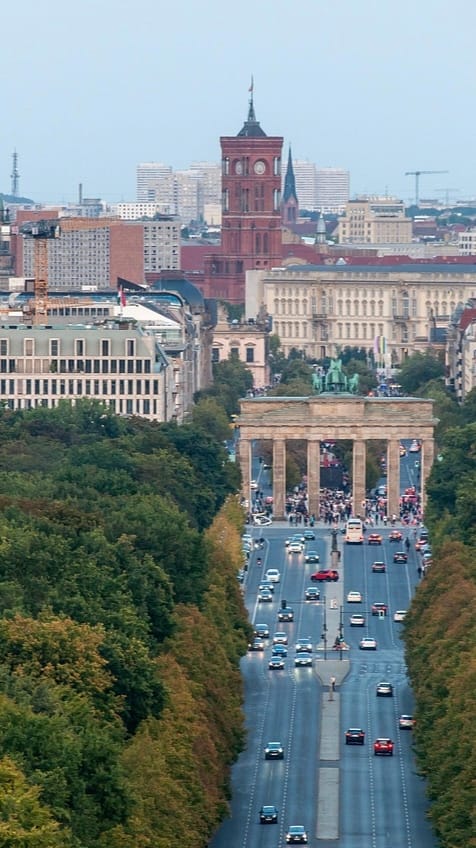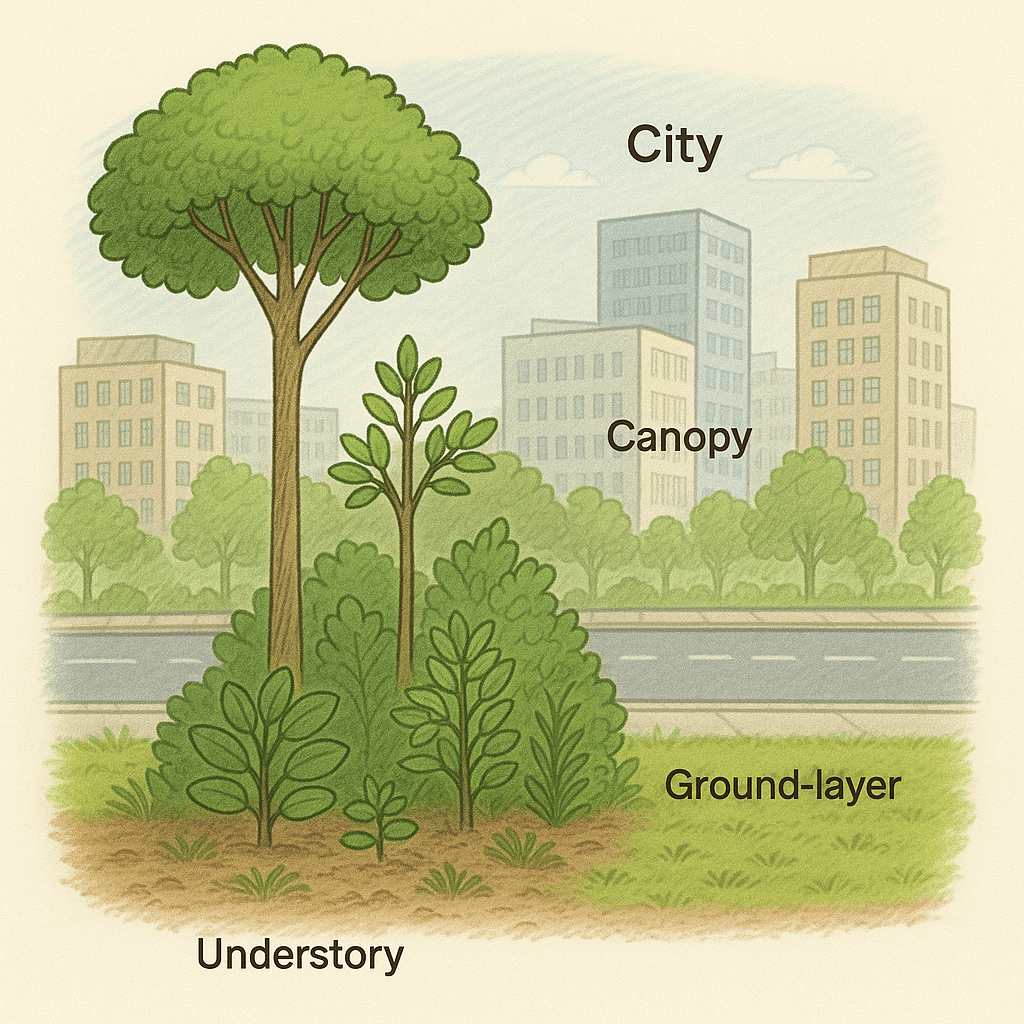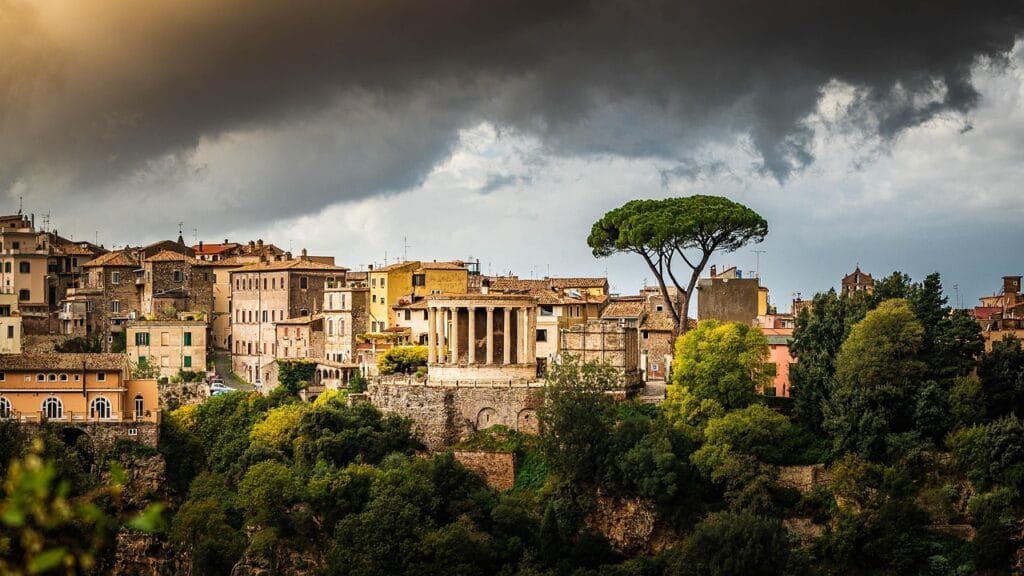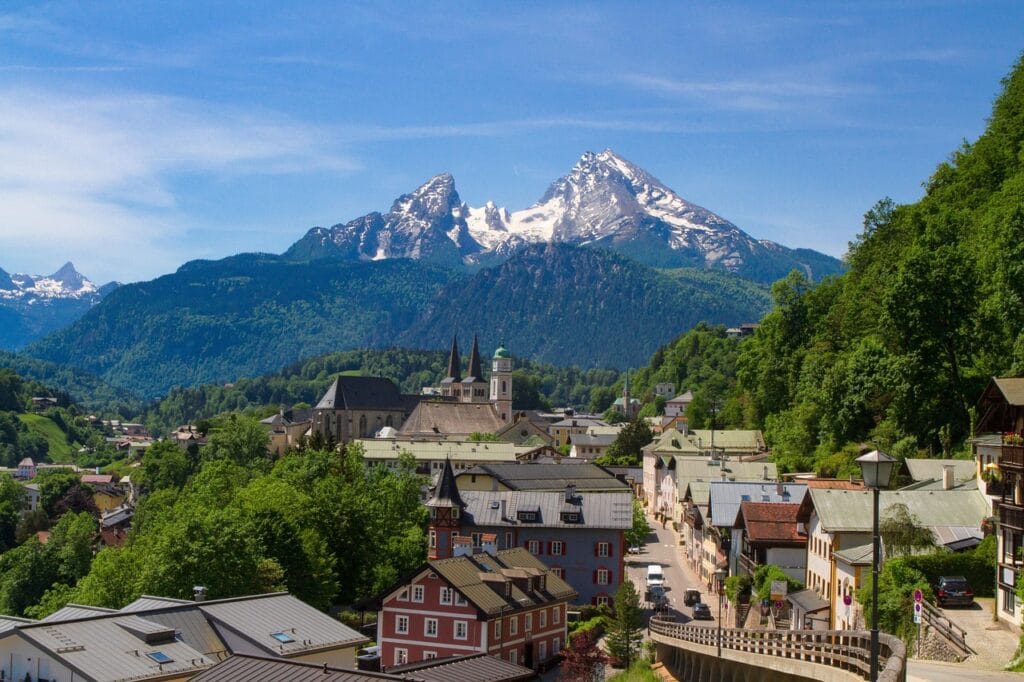
What is a multi-layer urban forest ? Briefly review
Don’t think that urban forests are just about planting some trees in a row. A multi-layer urban forest mimics the structure of native woodlands by incorporating different layers of vegetation. Overall there are 4 layers-
- Ground layer with grasses, mosses and decomposers
- Shrubs layer with shade-tolerant bushes and small woody plants
- Mid-story layer made up of medium-height plants that thrive under partial sunlight
- The canopy layer is formed by tall native trees that define the uppermost forest cover.
Table of Contents
ToggleBenefits of urban forest : multi layer urban forest
1. Improve air quality
Trees trap fine particulate matter (PM2.5), filter ozone and nitrogen dioxide, and absorb CO2. Overall helping in reduction of urban pollution load.
2. Stormwater and flood control
Tree roots and forest layers absorb rainfall, which reduces surface water runoff and soil erosion. It decreases pressure on urban drainage.
3. Urban Biodiversity Boost
A multi-layer urban forest supports birds, bees, butterflies, fungi, and insects. It creates micro microhabitat and that’s rarely found in city parks
4. Noise pollution and reduction
A multi-layer urban forest involves thick and layered vegetation, which serves as a natural barrier to traffic, construction, and crowd noise.
5. Soil health restoration
Leaving litter and root diversity improves the quality of the soil. It increases fertility, moisture retention, microbial activity, and reverses urban soil degradation.
6. Mental health and stress reduction
When you are regularly exposed to nature, your cortisol level will be down, which overall promotes health and well-being.
7. Community gathering spaces
Forested areas encourage social cohesion and interaction. People can come together, especially in dense zones lacking in parks and open areas.
8. Environmental education
Multi-layer urban forests provide opportunities for children and adults to learn about ecosystems, conservation, and climate actions directly through interaction.
9. Heat relief for the vulnerable
Multi-layer urban forests provide refuge from heat to the elderly, children, and outdoor workers during extreme weather events.

10. Lower cooling cost
Dense trees cover reduces the urban heating Island effect. It cut down air conditioning use and electricity bills in nearby buildings.
11. Increase property value
Areas around greenery often see a 5-20% rise in estate values. A simple logic, because greenery increases the aesthetic value.
12. Low-maintenance green investment
Once a multi-layer forest is established, it just requires minimal upkeep, which reduces the municipal landscaping expenses.
13. Green jobs creation
When a proper multi forest is being established, it requires maintenance, biodiversity monitoring, and eco tourism programs, which give employment to the local residents.
How do urban forest cool cities
Providing layered shade
A Study from Lawrence Berkeley National Lab found tree shades can reduce surface temperature by 11-25°C during peak summer days. Urban surfaces like roads, pavements and parking lots absorb and radiate heat. In a multi-layer forest, the canopy layer works as a broad sun shield, while the shrub layers block lower-angle sunlight that penetrates single-layered trees. In Ahmedabad India, zones with multi-layer trees show a 4.5°C reduction in temperature compared to barren areas( CEPT University 2021)
Cooling through transpiration and moisture
Plants cool their surroundings naturally through transpiration. This natural process absorbs heat from the surroundings, it’s just like how sweat cools our body. According to the USDA Forest Service, 1 mature tree transpires around 380-450 liters of water per day, and that’s equivalent to 5 air conditioners running 20 hours. A layered forest increases total leaf surface area which means that there could be more transpiration from shrubs and other plants.
Blocking solar radiation across the building’s height
In dense urban areas solar radiation heats vertical walls, grounds, glass facades, rooftops and upper balconies. A single layer of street trees can protect only the ground level, but a multi-layer system protects the overall area, including vertical walls, rooftop, lower floors, etc. Research in Melbourne(CSIRO, 2019) shows that multi-story tree rows can reduce solar radiation on buildings by up to 60%, directly lowering internal room temperature by 2-4 °C. Real-life example- Singapore’s housing development board uses layered planting around the buildings to reduce facade temperature and increase thermal insulation.
Lowering wind speed
Urban wind patterns tend to trap heat between high-rise buildings. However, a multi-layer urban forest disturbs and diffuses wind flow, creating a stable and cooler microclimate. It improves thermal comfort for pedestrians and limits dust and hot air circulation. The UN FAO reports that multi-layer green buffers can reduce wind velocity by 10-30%. This helps in stabilizing the local climate and protecting the City from hot air. In Tokyo, a layered forest near transportation corridors showed a 2°C drop in its surroundings.

Reducing energy demand
We know that a multi-layer urban forest naturally insulates buildings and public spaces, which helps in reducing dependencies on artificial cooling. Home and offices surrounded by trees require less air conditioning. According to the EPA USA, properly placed trees can reduce household cooling costs by 15-30%, and in commercial buildings, it can reach $0.20 – $0.40 per sq. ft. Foot. Los Angeles’ cool city program planted layered vegetation and reported a 20% reduction in energy demand.
Preventing heat absorption
Traditional urban surface materials like Asphalt cement and stones have high thermal masses, which means they absorb and store the heat and then slowly release it even after sunset. Bhai, replacing them with vegetated ground layers, we interrupt the heat storage cycle. Bare concrete can reach 60-65°C in peak summer days; on the other hand, shaded or green mulched surfaces remain around 30-35°C, literally cutting down thermal masses in half.
Creating a temperature buffer zone
In compact zones, high-rise buildings reflect and amplify each other’s heat. Placing a multilayer forest between these structures works as a barrier that reduces thermal stress on buildings and heat reflection. Research in Germany ( TU Munich) found that a building surrounded by greenery stayed 2.5°C cooler internally. It also helps in increasing the lifespan of materials up to 8-10 years. In Shaded urban zones urban thermal comfort index ( UTCI) improved by 12 points.
Where can be multi layer forest be planted ?

Now you know how urban forests cool cities, but also how they are planted. A multi-layer forest does not need a wide area; it’s ideal for a small, underused area. Hence, in dense cities, they can be grown along Highway buffers and flyover slopes, metro rail corridors, schools and hospitals compounds, lakeside and river fronts, and near slum zones. Even small spaces 100-300sq.m can also grow a micro forest by using miyawaki method.
What challenges do cities face in growing multi layer Forest.
You might be thinking that if a multi-layer forest has this many benefits, then why doesn’t every city implement this? And here comes the real hurdle.
- Land scarcity, in most of India’s metro cities, even civic bodies struggle to find land due to the expensive rates.
- Soil degradation, construction waste, and soil in cities make it hard for native trees to thrive.
- Water , the first one or two years require regular watering.
- Limited nurseries, there is a shortage of reliable native sapling species.
Which cities has used multilayer forest
There are many cities which has used multi-layer forest –
- Melbourne, Australia, has implemented a layered forest to reduce urban heat by over 4°C in certain zones.
- Munich, Germany, is experimenting with native forests in old industrial areas to boost biodiversity.
- Singapore has integrated vertical and multi-layer planting in its city in a garden approach.
- Toronto, Canada, has adopted dense urban forestry in public housing zones to combat heat and social isolation.
- Barcelona, Spain has turned abandoned lots into shaded forest parks using diverse plant layers.
How long does it take for multi layer urban. Forest
Multi-layer forest grows surprisingly fast, especially when native plants and the dense miyawaki technique are used. Unlike traditional forests, which take decades to mature, a multi-layer urban forest starts cooling the microclimate within 18 to 36 months. Shrubs and ground covers mature in 6 to 12 months. Sub-canopy trees grow rapidly and start blocking solar radiation by year 2. If you want to know about the miyawaki technique visit this blog
Research in countries like Japan, Germany, and Malaysia has shown temperature reduction by 2-5°C in just a few years around multi-layered urban forest sites. The layered design also accelerates moisture cycling and evaporation. It boosts its climate impact faster than sparse tree planting.
Final thought : why multi layer is smart investment ?
As in the current situation, cities are fighting against rising temperatures, unusual climate change, and declining biodiversity, it becomes important to have nature-based solutions. A multi-layer forest offers not only a patch of green but also a layered living system. Unlike the traditional tree planting method, a multi-layer forest is a highly efficient microclimate generator that shades and transforms the city.
Multi-layer forests are proving that urban greening doesn’t require a massive land area. With the right mix of ecological understanding, political will, and community engagement, these forests can be implemented anywhere. Multi-layer forest reminds us that it doesn’t have to be sterile, concrete wasteland. They can be vibrant, breathable, and biodiverse ecosystems where nature and humans coexist. Some important things to know
Source References
-
Lawrence Berkeley National Laboratory
Urban Heat Island Research – LBNL
Referenced for urban heat mitigation through tree canopy and surface cooling. -
USDA Forest Service
Urban Forest Research – USDA
Used for evapotranspiration and multi-layer forest cooling benefits in cities. -
City of Melbourne
Urban Forest Strategy – Melbourne
Case study on layered tree planting and biodiversity restoration. -
FAO – United Nations
Urban Forestry Platform – FAO
Global data on ecological services and urban forest planning. -
US EPA
Urban Heat Island Effect – EPA
Used for tree canopy benefits and urban energy savings data. -
Technical University of Munich (TUM)
Urban Forest Cooling Study – TUM
Referenced for temperature drops and climate impact of dense vegetation.
